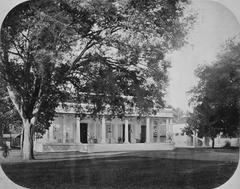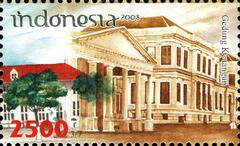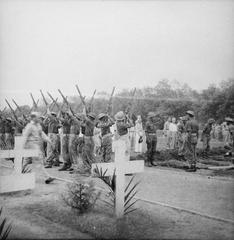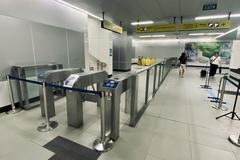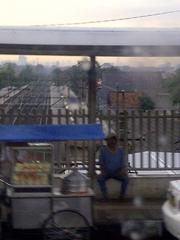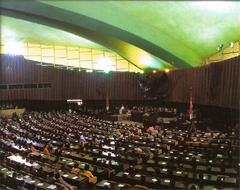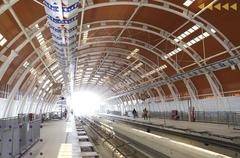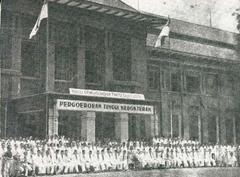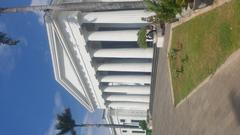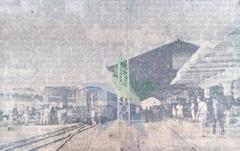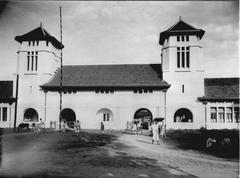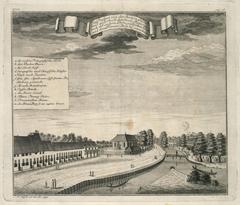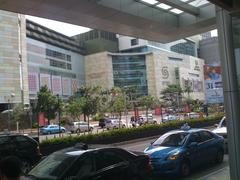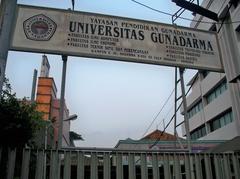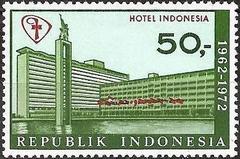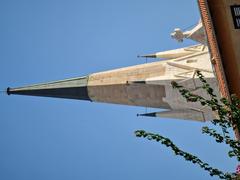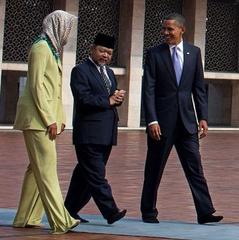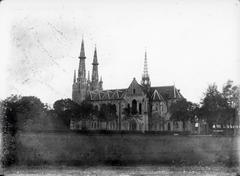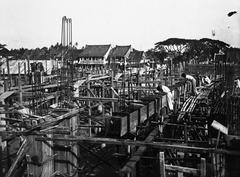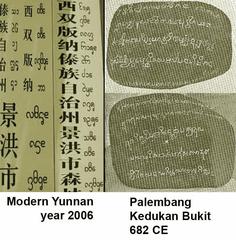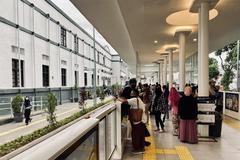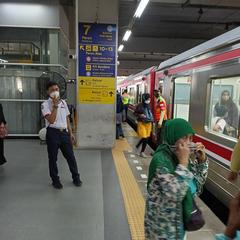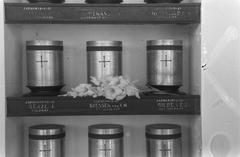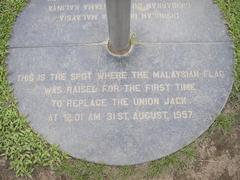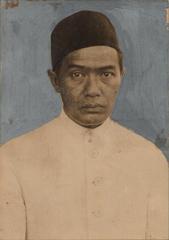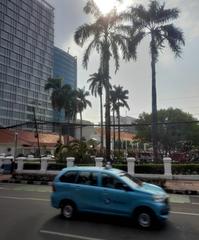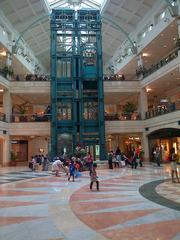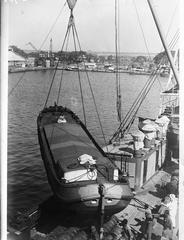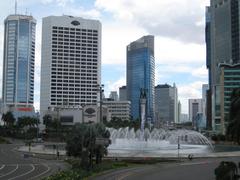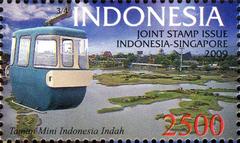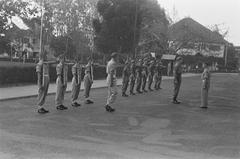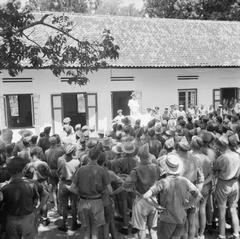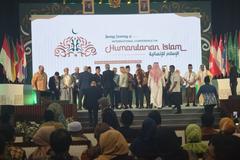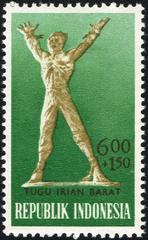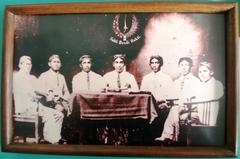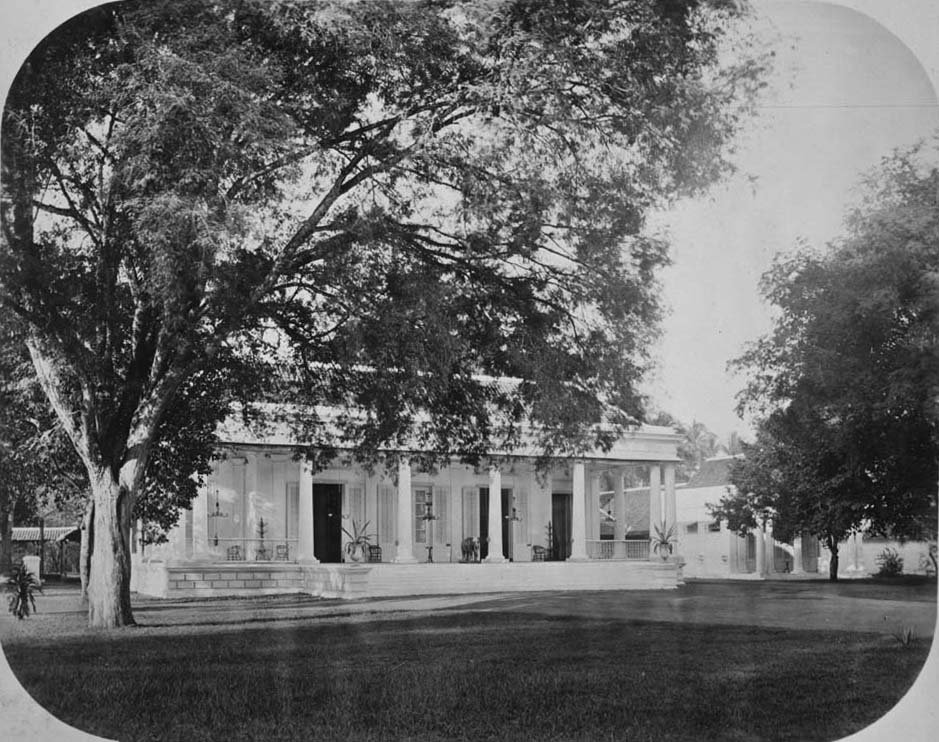
Jakarta City Hall: Visiting Hours, Tickets, and Historical Significance
Date: 14/06/2025
Introduction
Jakarta City Hall, or Balai Kota, is a landmark at the heart of Indonesia’s capital, embodying centuries of political, architectural, and cultural evolution. Originally constructed in 1710 during the Dutch colonial era in the city’s Old Town (Kota Tua), it has played a pivotal role in Jakarta’s transformation from a colonial outpost to a global metropolis. Today, it functions both as an administrative hub and a heritage site, offering visitors a unique blend of history, architecture, and civic life (indonesia-dutchcolonialheritage.nl; Lonely Planet).
This guide provides comprehensive details on Jakarta City Hall’s visiting hours, ticketing, accessibility, historical significance, and practical travel tips. Whether you are a history enthusiast, architecture lover, or a curious traveler, this resource will help you make the most of your visit to one of Jakarta’s most significant landmarks.
Table of Contents
- Early Foundations and Colonial Beginnings
- Architectural Features and Urban Context
- Administrative and Judicial Roles Through Time
- Visiting Jakarta City Hall: Practical Information
- Collections and Cultural Significance
- Preservation and Heritage Status
- Role in Contemporary Jakarta
- Frequently Asked Questions (FAQ)
- Plan Your Visit
- Architectural and Historical Highlights
- Visitor Access and Experience
- Cultural Etiquette and Safety
- Photography, Souvenirs, and Visitor Tips
- Summary and Final Tips
- References
1. Early Foundations and Colonial Beginnings
Jakarta City Hall’s story begins with the Dutch East India Company (VOC) in the 17th century, when Batavia (now Jakarta) was established as the VOC’s Asian headquarters. The original Stadhuis (Town Hall) was constructed in 1620 but rebuilt in 1710 after earlier buildings collapsed due to poor foundations (UNESCO). Its location in Kota Tua reflects the Dutch approach to urban planning, placing key administrative buildings around central squares (indonesia-dutchcolonialheritage.nl).
2. Architectural Features and Urban Context
The City Hall is an excellent example of Dutch colonial architecture, with whitewashed walls, symmetrical façades, and imposing Doric columns. Adapted for Jakarta’s tropical climate, it features high ceilings, wide eaves, and large windows for ventilation. The bell tower, once a key visual landmark, underscores its civic prominence (indonesiatravelhub.com). Its strategic location near Fatahillah Square places it among Jakarta’s most significant historical sites (indonesia-dutchcolonialheritage.nl).
3. Administrative and Judicial Roles Through Time
Throughout the colonial period, City Hall served as Batavia’s administrative nerve center, housing government offices, courts, and police quarters. It was a base for the local militia and played a role in judicial proceedings (indonesia-dutchcolonialheritage.nl). During Japanese occupation and Indonesia’s transition to independence, it continued to serve various government functions (observerid.com).
4. Visiting Jakarta City Hall: Practical Information
Visiting Hours
- Old City Hall (Jakarta History Museum): Tuesday to Sunday, 9:00 AM to 4:00 PM. Closed on Mondays and public holidays.
Admission Tickets
- Local visitors: IDR 5,000
- International visitors: IDR 10,000
- Discounts available for students and children.
Accessibility
- Wheelchair ramps and accessible restrooms are available.
Location & Transportation
- Located in Kota Tua, the City Hall is easily reached by TransJakarta bus, commuter rail, taxi, or rideshare. Parking is limited, so public transport is advised (Zafigo).
Nearby Attractions
- Fatahillah Square
- Wayang Museum
- Fine Arts and Ceramics Museum
- Café Batavia
- Jakarta Cathedral
- National Monument (Monas)
Special Events & Guided Tours
- Cultural events and exhibitions are regularly held.
- Guided tours are available and recommended for deeper historical insight (smartcity.jakarta.go.id).
5. Collections and Cultural Significance
Inside, the museum displays Dutch colonial furniture, antique maps, paintings, and artifacts from the 17th to 20th centuries. Notable exhibits include a wooden replica of the New Dutch Church and memorials to VOC officials like Jan Pietersz. Coen (observerid.com).
6. Preservation and Heritage Status
Jakarta City Hall and the Old Town are protected under Indonesia’s heritage laws and recognized as prime tourism destinations. Kota Tua is also listed on Indonesia’s UNESCO World Heritage tentative list (UNESCO). Restoration projects continue to preserve the site’s architectural and historical integrity (indonesia-dutchcolonialheritage.nl).
7. Role in Contemporary Jakarta
City Hall remains the seat of Jakarta’s provincial government, involved in key policy decisions and urban management for a city of over 10 million people (UCLG-ASPAC). It is a venue for civic engagement, cultural initiatives such as the “JakAsa Hope Canvas,” and major public events. As Jakarta prepares for its 500th anniversary in 2027, City Hall’s role as a civic and cultural beacon is more significant than ever (smartcity.jakarta.go.id).
8. Frequently Asked Questions (FAQ)
Q: What are the visiting hours for Jakarta City Hall?
A: Tuesday to Sunday, 9:00 AM to 4:00 PM; closed on Mondays and public holidays.
Q: How much are tickets?
A: IDR 5,000 for locals, IDR 10,000 for international visitors.
Q: Is it accessible for people with disabilities?
A: Yes, with ramps and accessible restrooms.
Q: Are guided tours available?
A: Yes, by arrangement or during special events.
Q: What other historical sites are nearby?
A: Fatahillah Square, Wayang Museum, Fine Arts Museum, Jakarta Cathedral, and Monas.
9. Plan Your Visit
Enhance your experience by downloading the Audiala app for interactive guides, event updates, and virtual tours. Stay connected with Jakarta’s cultural scene and plan your itinerary around special events or guided tours for a richer visit.
10. Architectural and Historical Highlights
Colonial and Modern Fusion
The City Hall complex combines Dutch colonial elements with modern expansions, notably the addition of Building G in the 1970s, which reflects Jakarta’s evolving skyline (Wikipedia). The original building, with its Indies Empire style and Tuscan columns, remains meticulously preserved (Indonesia Dialogue).
Preserved Heritage
Interiors feature grand columns, period furnishings, and displays that evoke Jakarta’s colonial past. The City Hall’s continuous administrative use highlights its unbroken civic significance (Wikipedia).
11. Visitor Access and Experience
Guided Tours and Events
Guided tours, when available, offer exclusive access to otherwise restricted areas and provide in-depth context about Jakarta’s governance and history (Evendo). The grounds also host official ceremonies and cultural festivals.
Gardens and Outdoor Spaces
Well-maintained gardens offer tranquil spots for relaxation and photography, with the façade providing a dramatic backdrop (Evendo).
12. Cultural Etiquette and Safety
- Dress modestly, especially for official events: long pants and collared shirts for men, knee-length skirts/dresses and sleeved blouses for women (Labuan Bajo).
- Jakarta’s traffic is dense; public transport or rideshares are recommended (Zafigo).
- Use mosquito repellent and stay hydrated.
- Keep valuables secure and be attentive in crowded areas.
13. Photography, Souvenirs, and Visitor Tips
Photography is allowed in exterior and garden areas. Interior photography may be restricted—always ask for permission. For souvenirs, explore nearby stalls and shops near Merdeka Square and Monas (Lonely Planet).
14. Summary and Final Tips
Jakarta City Hall exemplifies the city’s transformation and resilience. Its blend of preserved colonial architecture and modern governance role makes it a central pillar of Jakarta’s heritage and future aspirations (indonesia-dutchcolonialheritage.nl; Wikipedia). Its accessibility, proximity to other historical sites, and regular civic events ensure every visit is meaningful and enriching. Planning ahead—especially for tours or special events—maximizes your experience.
15. References
- UNESCO Tentative List, 2025
- Indonesia Dutch Colonial Heritage, 2025
- Indonesia Travel Hub, 2025
- ObserverID, 2025
- Smart City Jakarta, 2025
- Lonely Planet, 2025
- UCLG Peer Learning, 2025
- EAA Architecture Guide, 2025
- Taylor & Francis, 2025
- UCLG-ASPAC, 2025
- Modern Diplomacy, 2024
- TravelTriangle, 2025
- The Crazy Tourist, 2025
- Wikipedia, 2025
- Indonesia Dialogue, 2025
- Evendo, 2025
- Zafigo, 2025
- Labuan Bajo, 2025
For more comprehensive guides and the latest updates, download the Audiala app and follow our social media channels. Make your visit to Jakarta City Hall an unforgettable exploration of Indonesia’s past, present, and future.
